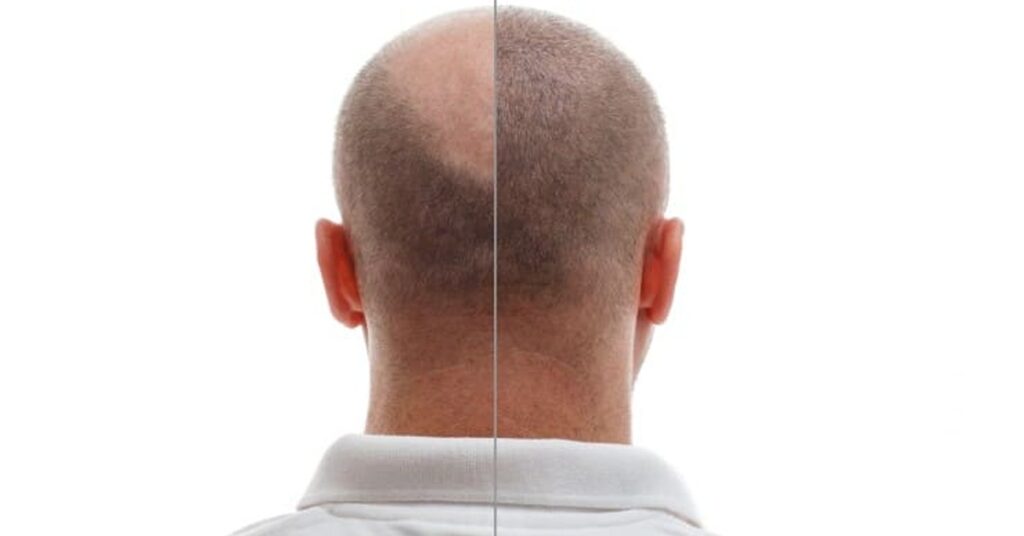Individuals of all ages lead hectic lives in the modern era. As a result, one of the most prevalent issues they all experience is hair loss, which occurs at an early age. Males get hair loss concerns in their early twenties, while women experience hair thinning following menopause. They begin to lose self-esteem and appear older than their age as a result of hair loss. Hair loss can be caused by a variety of factors, including lifestyle, food, medical problems, drugs, and trauma. There is no such thing called the best age to get a hair transplant. Hair transplantation is not a solution for those people who have Alopecia areata, diabetes, or high blood pressure.
Why do people go for hair transplants?
Hormone imbalance causes the female pattern, while age variables play a significant role. Female-pattern baldness, as opposed to male-pattern baldness, entails all-over thinning with a normal hairline. Men’s and women’s hair thinning and loss are considerably different, with men having a receding hairline or an M-shaped pattern of loss that is total baldness, but women’s hair loss is subtle and slow, beginning at the top of the head rather than at the hairline.
Understanding Hair Transplantation
Hair transplant treatments are almost 200 years old and have been improved with cutting-edge technology. Before the hair transplant, the specialists analyze the donor’s hair quality, hair loss pattern, and the size of the balding area. The doctors follow two distinct procedures. In both of these operations, the surgeon pulls a strip of healthy hair from the scalp and cuts it into sections that are implanted in the balding areas.
- The FUE treatment involves the surgeon extracting hair follicles from the donor area and precisely implanting them into the bald area’s holes. In a single session, the surgeon can implant many strands of hair. During a few days after surgery, the severed scalp is wrapped with gauze or bandages.
- The FUT process involves the surgeon cutting a strip of incision several inches long and transplanting the follicular unit. The incisions are then stitched. Hair transplant surgery at Cliniq takes between 4 and 8 hours. Hair is removed before surgery to prepare the scalp for operation. If the patient is having a considerable amount of hair transplanted, he must return the following day for a few hours.
To numb the patient’s scalp, anesthetic is administered only to the scalp. During the surgery, most patients will be awake. Patients must follow the doctor’s instructions after therapy. Patients should avoid going out in the sun for about a week because the sun’s rays can cause skin pigmentation changes, decolorization, and scar darkening. They initially experience scalp tightness and irritation, although this is just transitory. It is extremely usual for newly implanted hair to come out after 2 or 3 months of surgery. Natural hair growth takes about 4 months, and total recovery takes about 12 months. It entirely depends on the individual.
Your surgeon will examine hair loss pattern, size of the balding section, quality of hair in the donor location, and other factors in addition to age. The quantity and quality of hair in the donor area become increasingly important as we age. As previously said, strong hair follicles in the donor area are critical for a successful hair transplant procedure. Best hair transplants typically require between 7,000 and 8,000 grafts
When is the best time to get a hair transplant age-wise?
Hair transplant surgery is recommended for people aged 25 which is also the minimum age for a hair transplant to 75. The early twenties are not recommended since the patient loses hair even after the transplant, which looks unnatural because it leaves behind the transplanted strips. As a result, the patient must retry the transplant, and there is a significant risk that the donor will not maintain a healthy development pattern over time. The preliminary transplant can increase hair density, but it requires more therapy over time. The severity or pattern of a patient’s hair loss may not be fully determined until they are in their twenties. As a result, the best age for a hair transplant is around 40 or older. But, age is not the only determining factor your surgeon will evaluate hair loss pattern, size of the balding section, quality of hair in the donor location, and so on.
Every year, around 6,50,000 people opt for hair transplants. According to the most recent figures, 85.7% of males have hair transplants. With today’s cutting-edge technology, hair transplantation is safe, with quick recovery and few side effects. Hair transplantation is a permanent and best treatment for hair thinning.
